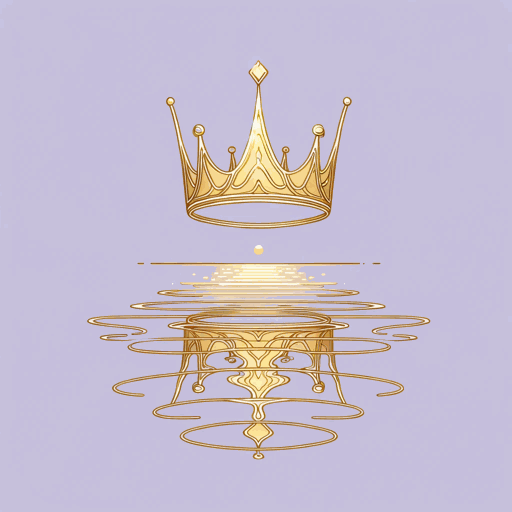114 pages • 3 hours read
Frank BeddorThe Looking Glass Wars
Fiction | Novel | YA | Published in 2004A modern alternative to SparkNotes and CliffsNotes, SuperSummary offers high-quality Study Guides with detailed chapter summaries and analysis of major themes, characters, and more. For select classroom titles, we also provide Teaching Guides with discussion and quiz questions to prompt student engagement.
Themes
The Importance of Emotional Balance in Using Forces of Creation and Destruction
The primary powers in conflict in Wonderland are Black Imagination and White Imagination, which symbolize forces of destruction and creation, respectively. While both Imaginations are tools of conjuring, Black Imagination is a negative, harmful force, “not what anyone wants at all, oh no” (20), according to Bibwit Harte. White Imagination, on the other hand, is associated with peace and harmony (20) and positive forces of creation. Redd, the antagonist, is a believer in Black Imagination, while Alyss, the hero, adheres to White Imagination—and so the Imaginations also represent the ideological divide between protagonist and antagonist.
Throughout the book, the use of imagination is tied to control over one’s emotional state. In the beginning of the book, Queen Genevieve and Bibwit Harte are concerned that Alyss might become susceptible to the allure of Black Imagination, because they see her use her imagination for mere amusement, often at the others’ expense. To Bibwit and Genevieve, this is a sign that the young Alyss is undisciplined in her impulses and aware of her impact on others. During her party, while she is missing her father, Alyss causes mischief and ends with a final display of making her father’s boots dance, indicating her agitation at his absence; her imaginings reflect her mental and emotional state.

